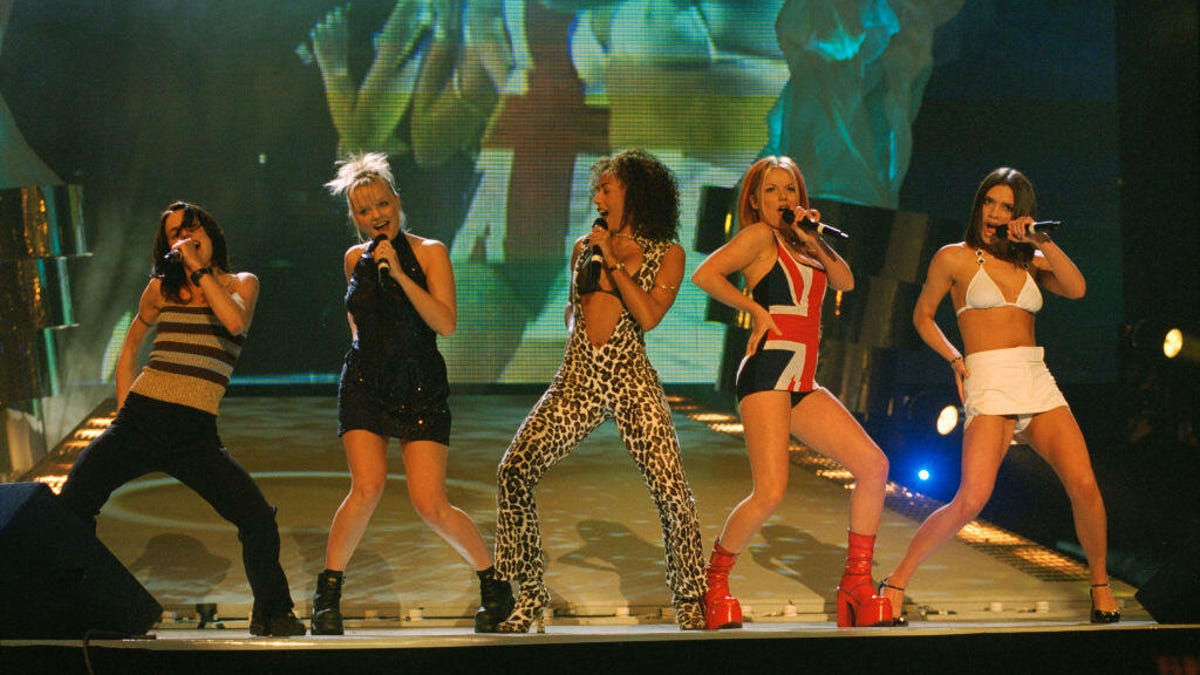What Makes a Song Catchy: Insights from a Museum Study, AI, and Professional DJs

Key Points
- 2014 museum survey ranked "Wannabe" as the most quickly recognized song.
- AI models (ChatGPT, Gemini, Copilot) produced overlapping but distinct catchy‑song lists.
- DJs emphasize beat‑per‑minute, emotional connection, and crowd vibe as key.
- TikTok trends now heavily shape song requests at events.
- Common catchy elements include repeated hooks, simple melodies, and moderate tempos.
A recent look at what makes a song stick in listeners' heads combines a 2014 museum survey, lists generated by AI tools like ChatGPT, Gemini and Microsoft Copilot, and the perspectives of veteran New Jersey DJ Mark Pomeroy and Atlanta DJ Sloan Lee. While the museum study ranked tracks like the Spice Girls' "Wannabe" as the most recognizable, AI models produced overlapping but varied selections. DJs emphasize beat tempo, crowd vibe, and social media trends such as TikTok as key drivers of catchiness. Together, these viewpoints illustrate that earworms are shaped by rhythm, cultural context, and evolving listener habits.
Museum Survey Sets a Baseline
A 2014 survey conducted by a museum asked participants to identify short clips of songs as quickly as possible. The Spice Girls' "Wannabe" emerged as the most recognizable, followed by Lou Bega's "Mambo No. 5" and Survivor's "Eye of the Tiger." The study suggested that rapid recognition may indicate a song’s catchiness.
AI Generates Its Own Rankings
Various AI chatbots were asked to list the catchiest songs. ChatGPT highlighted tracks such as "Wannabe," "Y.M.C.A.," and "Happy," while Google’s Gemini echoed the museum’s favorites and added classics like "Don’t Stop Believin'" and "Uptown Funk." Microsoft’s Copilot produced yet another mix, featuring "Shape of You" and "Call Me Maybe." All three models emphasized repeated hooks, simple melodies and tempos that match natural human rhythms.
Veterance DJs Share Practical Wisdom
Mark Pomeroy, a New Jersey DJ with 35 years of experience, says that a song’s ability to connect emotionally and its beats‑per‑minute (BPM) are crucial. He often plays crowd‑pleasers such as "Brown‑Eyed Girl," "Celebration," "Macarena" and Bon Jovi’s "Livin' on a Prayer." Sloan Lee, an Atlanta DJ of 11 years, notes that TikTok trends heavily influence requests, pointing to recent hits like Chappell Roan’s "Pink Pony Club" and Bad Bunny’s "Titi Me Preguntó," as well as revived classics like Fleetwood Mac’s "Dreams." Both DJs stress reading the vibe of the audience and tailoring sets accordingly.
Common Threads Across Sources
Despite differing lists, the museum study, AI outputs and DJ experiences converge on several factors: memorable hooks, moderate tempos (often 100‑120 BPM), cultural relevance, and exposure through platforms like TikTok. Songs that meet these criteria tend to become earworms, lingering in listeners’ minds even when they don’t want them to.